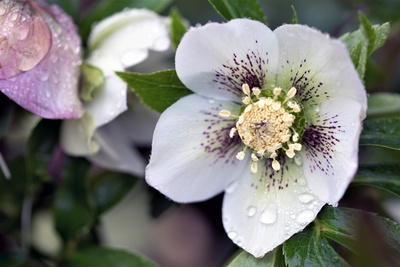Why Seed Potatoes
Whether you’re a boiler, a masher, a chipper or a baker, we’re sure you enjoy the nation’s favourite veg! But what is a seed potato, and why should you try them?
Growing your own potatoes is really rewarding, and they're great fun to harvest. By choosing the right varieties, you can harvest potatoes from early summer well into Autumn.
What is a seed potato?
It's a potato (otherwise known as a tuber) that you plant so that more potatoes will be produced. One seed potato will produce many potatoes to harvest. From hearty new potatoes to fluffy bakers and roasters, there are lots of lovely varieties you can grow yourself.
What are the different types of seed potato?
1. First earlies
• Plant in March to give you the earliest crop in June & July
• They take 10-12 weeks to grow
• Best eaten straight away, as they don’t store for long
2. Second earlies
• Plant in March, and harvest in July & August
• They take 14 - 16 weeks to grow
• Best eaten straight away, as they don’t store for long
3. Main crop
• Plant in mid to late April, and harvest in August to October
• They take 16 - 22 weeks to grow
• Can be stored for a few months
How do you plant a seed potato?
Plant the potato directly into the ground or in a container of your choice (there isn't a right way up, just pop it in the ground).
How do you care for a seed potato?
Potatoes can grow quite quickly. When they do, you'll need to know about 'earthing up'. It's when you pile soil up around the base of the plant, which then increases the length of the underground stems. Water potatoes regularly, especially during warmer, dryer spells.
Our top tip: Sprinkle a few salad seeds around your seed potato to maximise the use of space




